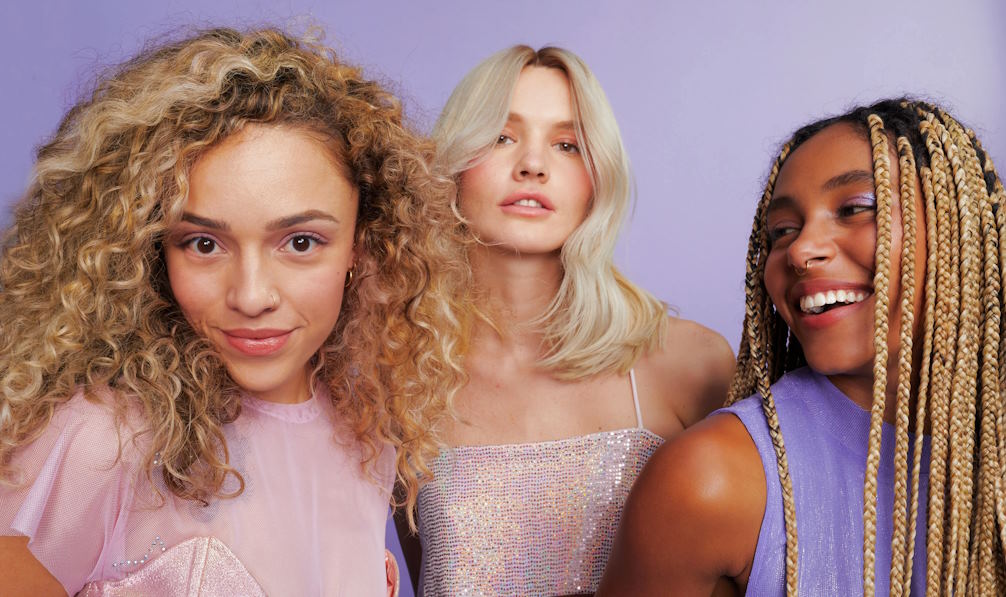The relationship between hair color and skin tone compatibility extends far beyond mere aesthetics, delving into the realms of biology, genetics, and cultural perceptions. Whether we’re consciously aware of it or not, the harmony or dissonance between our hair color and skin tone can significantly impact our overall appearance and even influence how we’re perceived by others.
Analyzing Hair Color and Skin Tone Combinations
 When selecting a hair color, it’s crucial to consider how it complements your skin tone to achieve a harmonious and flattering look. Several factors come into play when making this decision. Firstly, identifying your skin’s undertones—whether they’re cool, warm, or neutral—can guide you towards suitable hair color options. For instance, individuals with cool undertones often look best with hair colors like ash blonde or cool brown, while those with warm undertones may opt for golden blondes or rich chestnuts. Secondly, consider your personal style and preferences, as well as any professional or cultural considerations that may influence your choice.
When selecting a hair color, it’s crucial to consider how it complements your skin tone to achieve a harmonious and flattering look. Several factors come into play when making this decision. Firstly, identifying your skin’s undertones—whether they’re cool, warm, or neutral—can guide you towards suitable hair color options. For instance, individuals with cool undertones often look best with hair colors like ash blonde or cool brown, while those with warm undertones may opt for golden blondes or rich chestnuts. Secondly, consider your personal style and preferences, as well as any professional or cultural considerations that may influence your choice.
The impact of hair color on enhancing or detracting from skin tone cannot be overstated. A well-chosen hair color can brighten your complexion, highlight your features, and even give the illusion of a more youthful appearance. Conversely, an ill-suited hair color may wash out your complexion, accentuate imperfections, or create a stark contrast that distracts from your natural beauty. Experimenting with different shades and consulting with a professional colorist can help you find the perfect balance.
To illustrate the importance of hair color and skin tone compatibility, let’s consider some case studies. Successful combinations might include a fair-skinned individual with warm undertones sporting a caramel balayage, which adds warmth and dimension without overwhelming their complexion. Conversely, an unsuccessful combination could involve a cool-toned hair colors for pale skin opting for a jet black hair color, which may appear too harsh and stark against their delicate features. By analyzing these examples, we can better understand the nuanced interplay between hair color and skin tone, ultimately guiding our own hair color choices for optimal results.

Hair Color Trends and Cultural Influences
Hair color trends have evolved significantly over time, reflecting changes in fashion, technology, and societal norms. From the natural hues favored in ancient civilizations to the bold and vibrant shades popularized in modern times, the history of hair color is a testament to human creativity and ingenuity. Contemporary trends often draw inspiration from various sources, including celebrity styles, runway looks, and social media influencers, leading to a diverse array of options for today’s trend-conscious individuals.
The influence of culture and media on perceptions of hair color and skin tone compatibility cannot be underestimated. Media portrayals of beauty ideals often emphasize specific hair colors and skin tones, perpetuating narrow standards of attractiveness that may not align with the diverse realities of human appearance. Cultural preferences also play a significant role, with certain societies valuing particular hair colors as symbols of status, femininity, or rebellion.
Societal norms shape individual choices and preferences by establishing implicit guidelines and expectations regarding beauty standards. These norms can influence everything from professional opportunities to personal relationships, leading individuals to conform to or challenge conventional notions of beauty. As attitudes towards diversity and inclusivity continue to evolve, there is a growing recognition of the beauty in all skin tones and hair colors, encouraging individuals to embrace their unique features and express themselves authentically.


